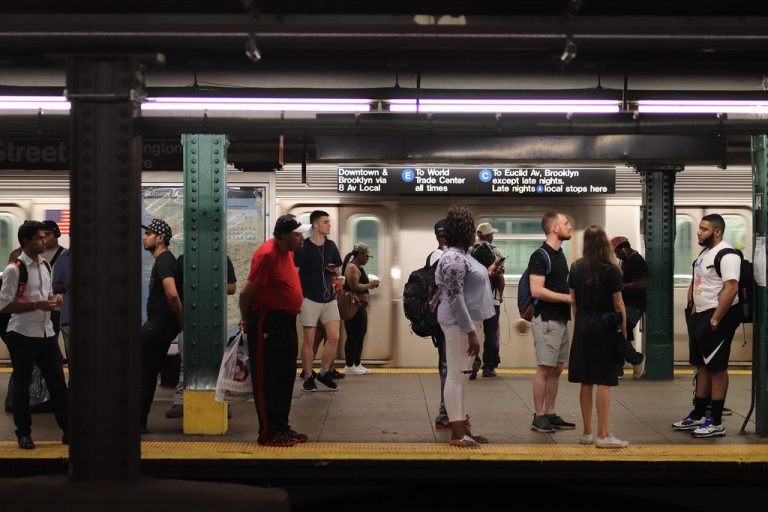Published on July 2, 2020

Masks are mandatory on subways and buses in Washington. San Francisco is betting longer trains will help riders social distance. Crews disinfect New York’s trains daily — stations twice a day — and are testing ultraviolet light devices to see if they kill Covid-19 on surfaces.
As states gradually reopen, transit agencies are taking steps to coax back passengers who’ve been told for months to avoid just such tight quarters with strangers — an effort that will ultimately influence the economic recovery.
“For certain businesses teleworking isn’t really an option, so we still need to figure out ways to get those people to work,” said Ed Mortimer, vice president of transportation and infrastructure at the U.S. Chamber of Commerce.
Especially in urban areas, where many people don’t own cars, mass transit will be crucial to reviving economies. But enticing passengers back on board may require adding trains and buses so people can space themselves further apart — adding stress to agencies already reeling from declining ridership and rising cleaning costs.
Health experts say that the very nature of mass transit — efficiently moving large numbers of people in confined spaces — presents inherent risks.
“The greatest risk occurs when you’re in close contact — within six feet — with someone from outside your household for a prolonged period of time,” said Hilary Godwin, dean of the University of Washington’s School of Public Health and professor of Environmental and Occupational Health Sciences. “Really crowded buses and crowded subway systems obviously are things that we’re going to be worried about.”
Rush-hour crowds won’t appear overnight, Godwin said. People will return to their offices gradually, while companies and governments in many places continue to ask people to work from home if possible.
Continue reading at Bloomberg.
Originally written by Ryan Beene for Bloomberg.